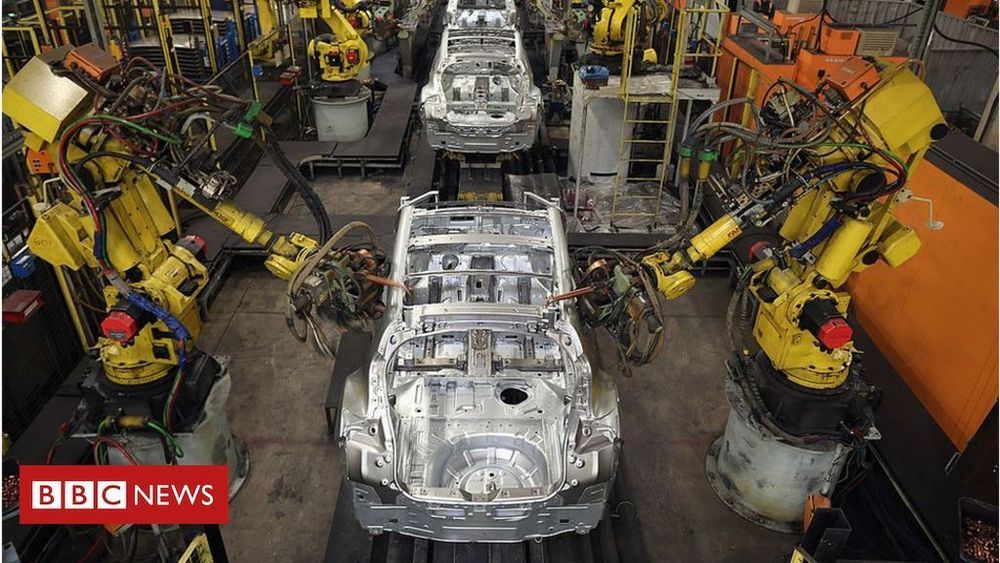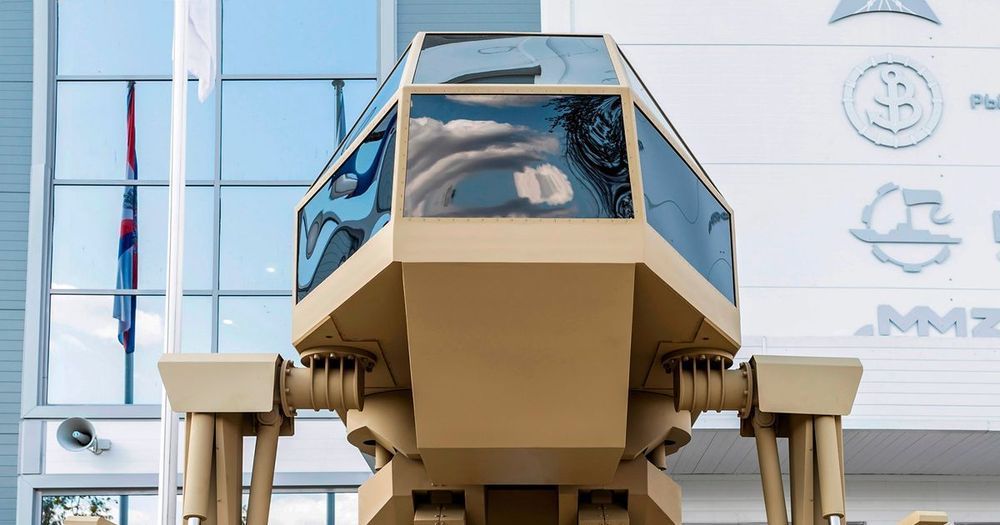A huge acceleration in the use of robots will affect jobs around the world, Oxford Economics says.



They used to call it RoboBee—a flying machine half the size of a paperclip that could flap its pair of wings 120 times a second. It was always tethered to a power source, limiting its freedom. Now, though, RoboBee becomes RoboBee X-Wing, as Harvard researchers have added solar cells and an extra pair of wings, freeing the robot to blast off to a galaxy far, far away. Or at least partway across the room, as it can sustain flight for only half a second, and only indoors.
But hey, baby steps. The teeniest of quadrotors measure a few inches across and weigh a third of an ounce. RoboBee X-Wing is about the same size as those untethered fliers, but weighs a hundredth of an ounce, which earns it the distinction of being the lightest aerial vehicle to manage sustained untethered flight. One day that could make it ideal for navigating tight, sensitive spaces in a galaxy very, very near.
You’ve read your last complimentary article this month. To read the full article, SUBSCRIBE NOW. If you’re already a subscriber, please sign in and and verify your subscription.

Bye Bye Camera is an iOS app built for the “post-human world,” says Damjanski, a mononymous artist based in New York City who helped create the software. Why post-human? Because it uses AI to remove people from images and paint over their absence.
“One joke we always make about it is: ‘finally, you can take a selfie without yourself,’” Damjanski tells The Verge.
The app costs $2.99 from the App Store, and, fair warning here, it’s not very good — or at least, it’s not flawless. The app is slow and removes people with a great deal of mess, leaving behind a smear of pixels like an AI hit man sending a message. If you’re looking to edit out political opponents from your Instagram, you’d be better off using Photoshop. But if you want to mess around with machine learning magic, Bye Bye Camera is good fun.


Is nothing sacred? Who would dare to even attempt to talk about a machine-learning experiment that results in the perfect (gasp) pizza? It is difficult to contemplate, but a research quintet did not shy away from trying, and they worked to teach a machine how to make a great pie.
Say hello to PizzaGAN, a compositional layer-based generative model that was aimed to mirror the step-by-step procedure of pizza-making.
Their goal was to teach the machine by building a generative model that mirrors an ordered set of instructions. How they proceeded: “Each operator is designed as a Generative Adversarial Network (GAN). Given only weak image-level supervision, the operators are trained to generate a visual layer that needs to be added to or removed from the existing image. The proposed model is able to decompose an image into an ordered sequence of layers by applying sequentially in the right order the corresponding removing modules.”

According to a first-of-its-kind study, cities with a higher incidence of a certain kind of racist tweets reported more actual hate crimes related to race, ethnicity, and national origin.
A New York University research team analyzed the location and linguistic features of 532 million tweets published between 2011 and 2016. They trained a machine learning model—one form of artificial intelligence—to identify and analyze two types of tweets: those that are targeted—directly espousing discriminatory views—and those that are self-narrative—describing or commenting upon discriminatory remarks or acts. The team compared the prevalence of each type of discriminatory tweet to the number of actual hate crimes reported during that same time period in those same cities.
The research was led by Rumi Chunara, an assistant professor of computer science and engineering at the NYU Tandon School of Engineering and biostatistics at the NYU College of Global Public Health, and Stephanie Cook, an assistant professor of biostatistics and social and behavioral sciences at the NYU College of Global Public Health.

By Timothy Revell
They say 10,000 hours makes an expert, but for video-game playing AIs much more is needed. After playing thousands of years’ worth of the video game Dota 2, artificial intelligence is now able to beat the world’s top amateurs.
Dota 2 is a multiplayer battle arena game. Two teams of five take on each other across a large map, defending their own base whilst trying to attack their opponents. It is the game that has the largest prize money of any e-sport, so there are many professional players able to play at a very high level.
New mind-controlled robotic arm works without brain implants.
